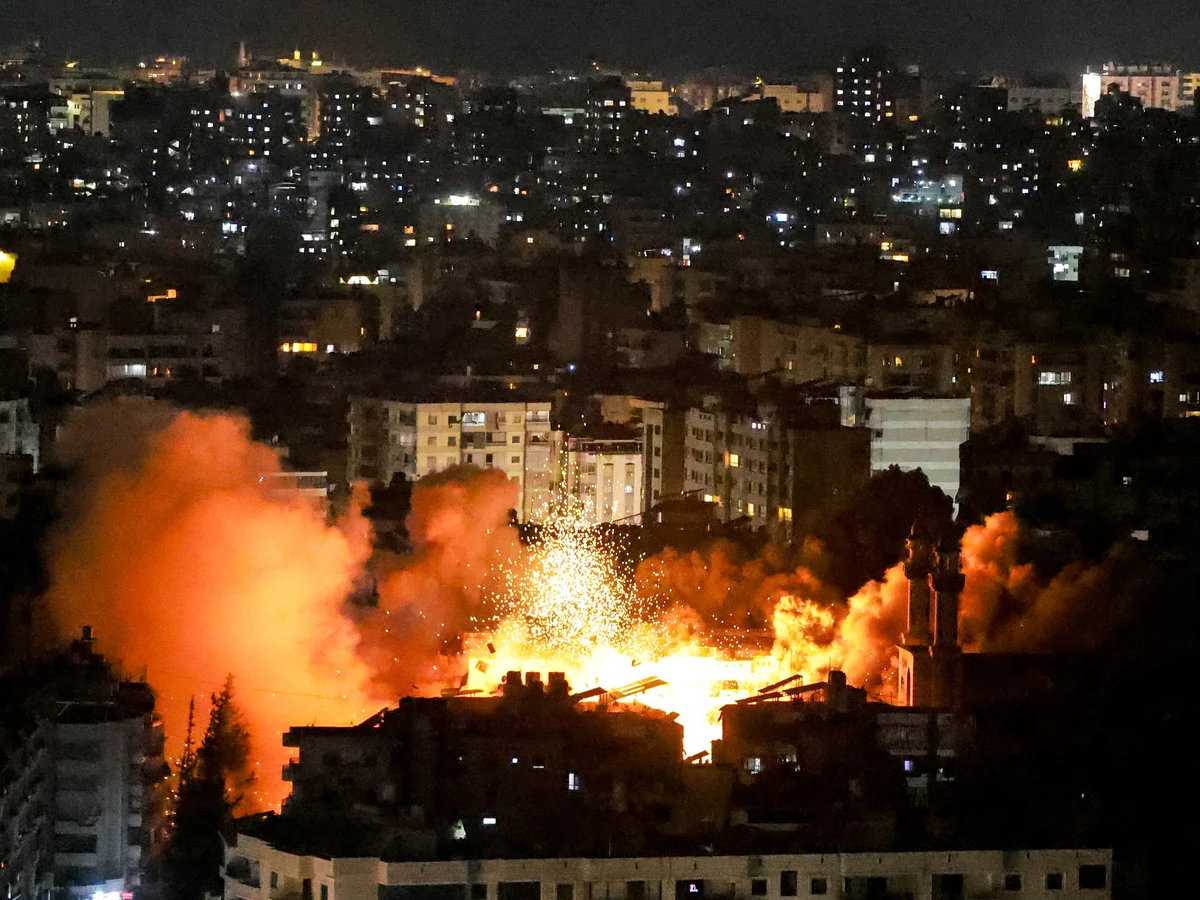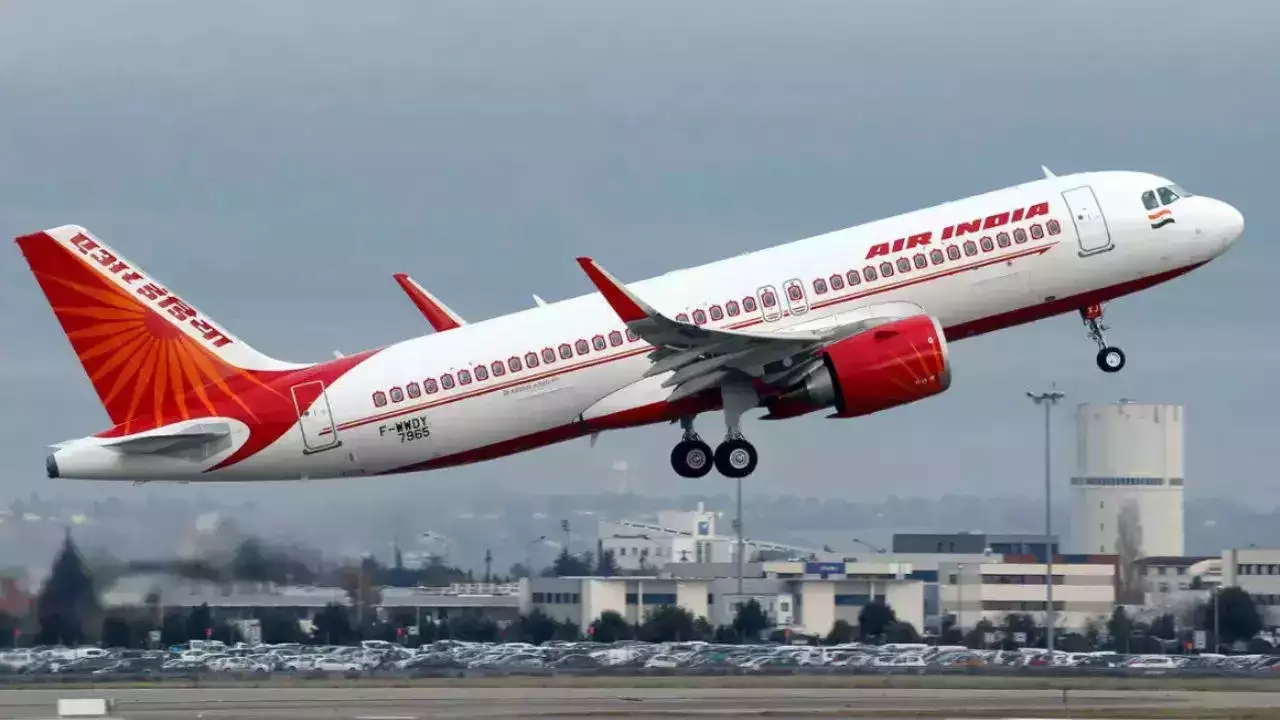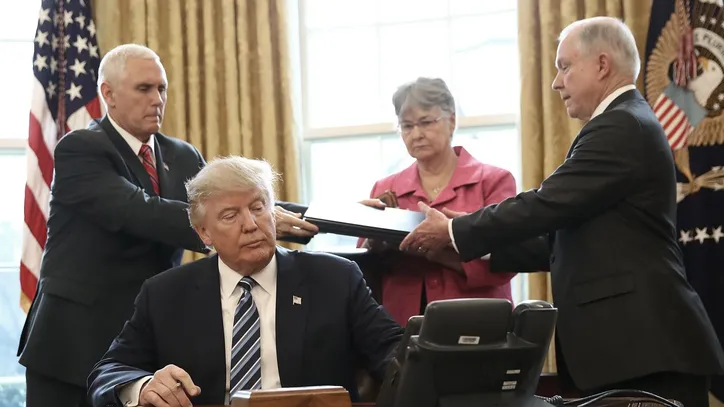Not Just a Battle—A Global Warning
By June 14, 2025, the Middle East was once again on edge.
Table of Contents
What began as a high-stakes military operation quickly turned into one of the most dramatic exchanges between Israel and Iran in recent history. On the morning of June 13, Israel launched a surprise operation called “Rising Lion”, targeting key Iranian nuclear and military sites across the country.
This wasn’t just a symbolic attack—it was devastatingly precise. Israeli fighter jets, drones, and cruise missiles struck over 100 locations deep inside Iran, including the highly sensitive Natanz nuclear facility, and command centers in Tehran and Isfahan. Among the confirmed casualties were top Iranian commanders, including IRGC chief Hossein Salami—a serious blow to Iran’s military leadership.
For Israel, the message was clear: It won’t wait around while Iran continues advancing its nuclear capabilities.
Iran Hits Back – And Breaks Through the Dome
The Role of the Iron Dome in Modern Warfare
Later that same evening, Iran responded with force. In what it called “Operation True Promise III”, Iran launched over 150 ballistic missiles and more than 100 drones toward Israeli cities and military bases.
This was one of the largest missile strikes Israel had ever faced.
Israel’s defense system, especially its widely praised Iron Dome, kicked into action. Most missiles were intercepted in the sky—but not all. For the first time in years, missiles got through.
In cities like Tel Aviv and Ramat Gan, alarms blared as a few projectiles slipped past defenses and slammed into residential buildings. One person was killed, dozens injured, and several structures were damaged. The Iron Dome, though still effective overall, showed signs of strain under the sheer volume of attacks.
Israeli officials admitted this was a “wake-up call.” While the system worked under normal conditions, this level of bombardment exposed its limits. And Iran made sure the world took notice.
Not Just a Battle—A Global Warning
Beyond the explosions and headlines, this conflict sent shockwaves far beyond the region.
A Strategic Gamble
Israel’s actions weren’t just defensive. By targeting senior military leaders and nuclear infrastructure, it crossed into bold territory. Some analysts believe the goal wasn’t just to delay Iran’s nuclear program—it was to dismantle the very leadership behind it.
Iran, meanwhile, wanted to show that it can hit back hard and isn’t afraid to escalate. But the fact that Israeli planes entered deep into Iranian airspace—and left unchallenged—left many in Tehran asking hard questions.
The World Reacts
As the missiles flew, oil prices spiked—jumping over 10% in a single day. With the Strait of Hormuz in potential danger, markets from London to Mumbai felt the tremors. Airlines rerouted flights, shipping companies paused operations, and investors braced for more uncertainty.
Diplomatically, things grew tense. The UN Security Council scrambled for a ceasefire. Iran backed out of upcoming nuclear talks, accusing the West of standing by Israel. Meanwhile, the U.S., UK, and France quietly increased their military presence in the Gulf—preparing for the worst, while hoping for calm.
The Road Ahead: Uncertain and Dangerous
As of June 14, the fighting hasn’t stopped. Israeli officials hinted this was just phase one of their plan. Iran has warned of further retaliation and may turn to proxies like Hezbollah, cyberattacks, or even direct assaults on Western bases.
For civilians in the region—whether in Tel Aviv, Tehran, or Beirut—this new phase of the conflict brings only anxiety. Many remember how fast regional wars can spiral. And now, with missiles breaching even the most advanced defense systems, people are realizing how fragile that sense of safety really is.
Why This Matters
This isn’t just a clash between two countries. It’s a test of technology, a shift in military doctrine, and a challenge to global diplomacy. The Iron Dome, once seen as nearly impenetrable, now has visible cracks. Iran, long thought to be cautious in direct strikes, has shown it’s willing to take risks. And the rest of the world? It’s watching nervously.
The choices made in the coming days—by generals, presidents, and diplomats—may determine whether this is just a flashpoint or the beginning of something much bigger.
More From Infonix:
- Ukraine Takes Bold Step with Drone Strikes on Russian Airbases
- Jamal Roberts Wins American Idol 2025 — The Heartfelt Journey of a P.E. Teacher Turned Superstar
- New York: Top 9 Tourist Attractions in New York Must-Visit Spots in the Empire State
- Why Hoover Dam Should Be on Your Travel List ?
- Arabella Stanton – The Fresh Face of Hermione Granger in the Harry Potter Original Series
- 10 Best Places to Visit in Singapore – Your Ultimate Travel Guide



